Military
This Is the Rifle Used by the Highest-Scoring Sniper of the Vietnam War
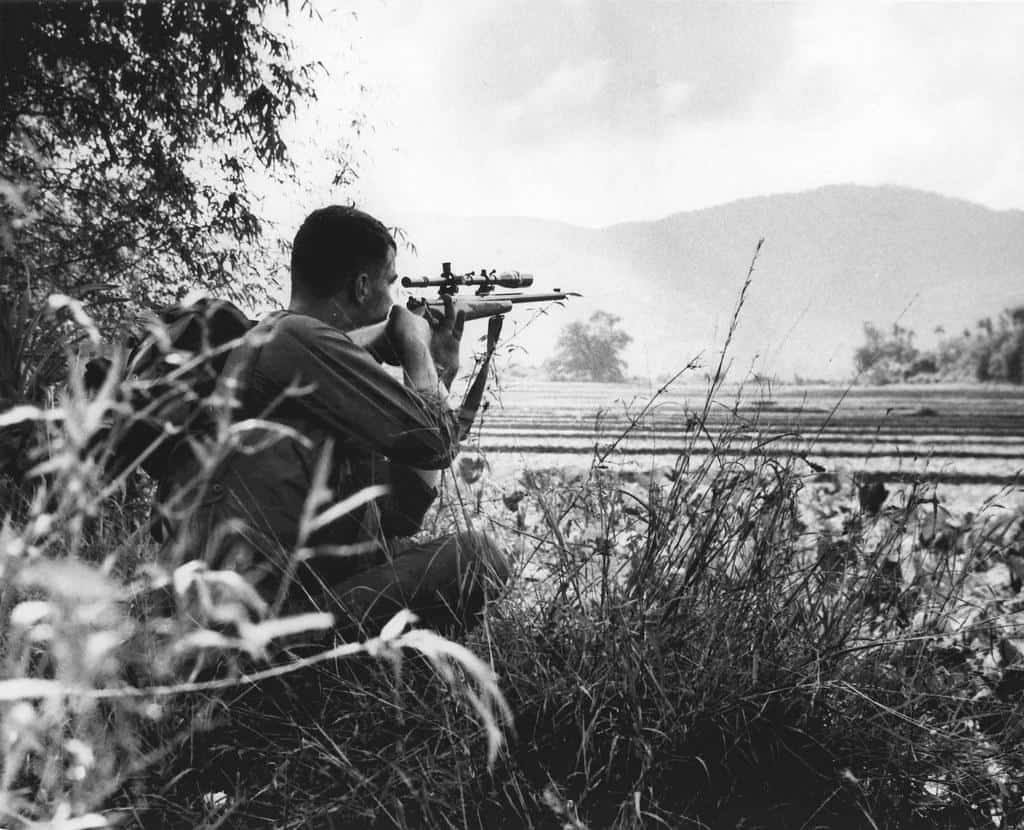
Published:

Adelbert Francis “Bert” Waldron III was born on March 14, 1933, in Syracuse, New York, and died on October 18, 1995, in Riverside California. He spent 12 years serving in the U.S. Navy before switching to the Army during the Vietnam War.

Waldron was a Staff Sergeant with the 9th Infantry Division in the U.S. Army Marksmanship Unit. In addition to being the best sniper, he was also the most decorated. He earned two Distinguished Service Crosses, a Silver Star, three Bronze Stars, and one Presidential Unit Citation.
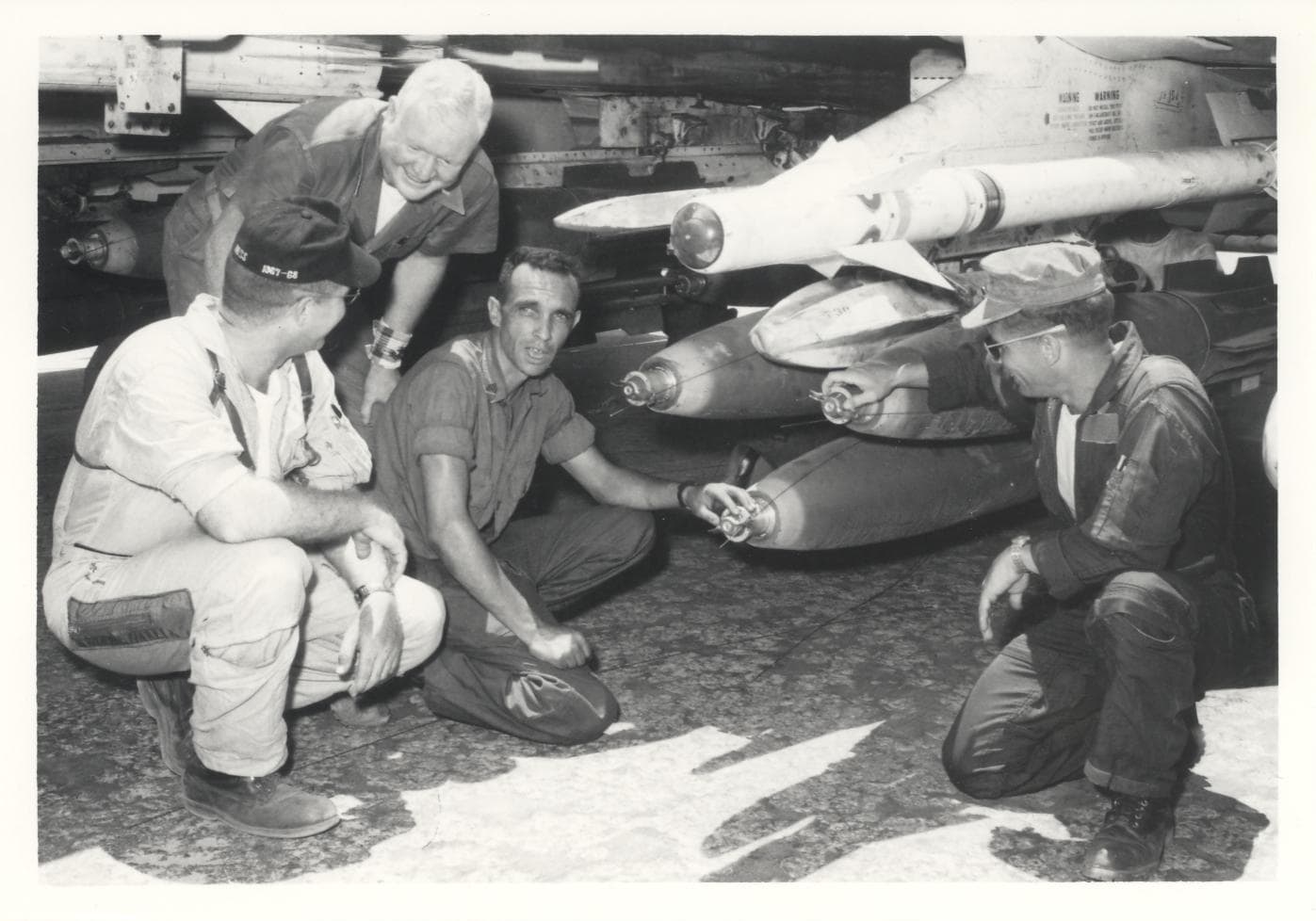
He began in the U.S. Navy from 1953 to 1965 as a petty officer 2nd class. He enlisted in the Army in 1968 and attended the 9th Infantry Division’s sniper school. While being deployed to Vietnam, he was assigned to the PBR boats that patrolled the Mekong Delta. In eight months, he set a record number of 109 kills as a Sniper. One of his most impressive shots was killing a mark from over 900 yards away on a moving boat platform.

Before the Vietnam War, there was no Sniper training program in the U.S. Army. The first organized sniper training program was established in 1961 in Hawaii in the U.S. Marine Corps. The U.S. Army started formally training snipers in 1967.

The two rifle models that were used by U.S. Snipers were the Winchester Model 70, and an M21 Rifle. The better-known U.S. Marine snipers used bolt action rifles. Carlos Hathcock who had 93 confirmed kills famously used a M70.
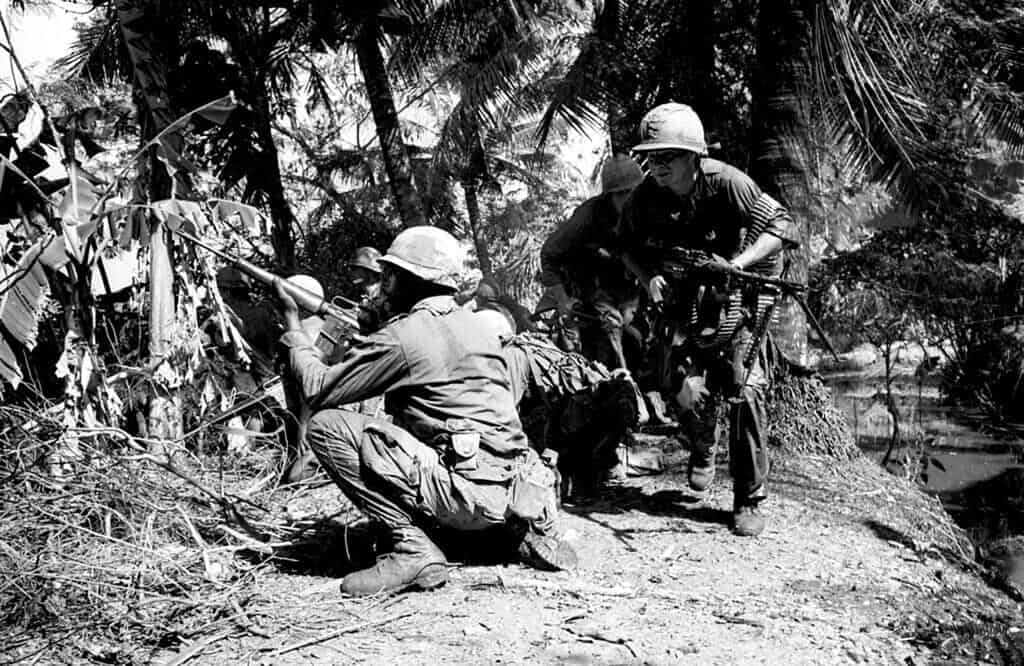
The Winchester Model 70 bolt-action rifle was an improvement on the M54. Although not officially adopted for combat during the Vietnam War, the M70 was still used unofficially in the Marines. According to the “Equipment for the American Sniper,” the best rifle and scope combination for sniping is the Winchester Model 70 with an 8X target scope.

Winchester tried to sell more M70s to the Marine Corps, but the Marine Corps soon discontinued the acquisition of M70s citing reasons such as the lack of interchangeable parts, difficult-to-source replacement parts, inadequate sturdiness, and lack of sling swivels. The Remington Model 700 began to replace the M70 in the Marines by the late 1960s.
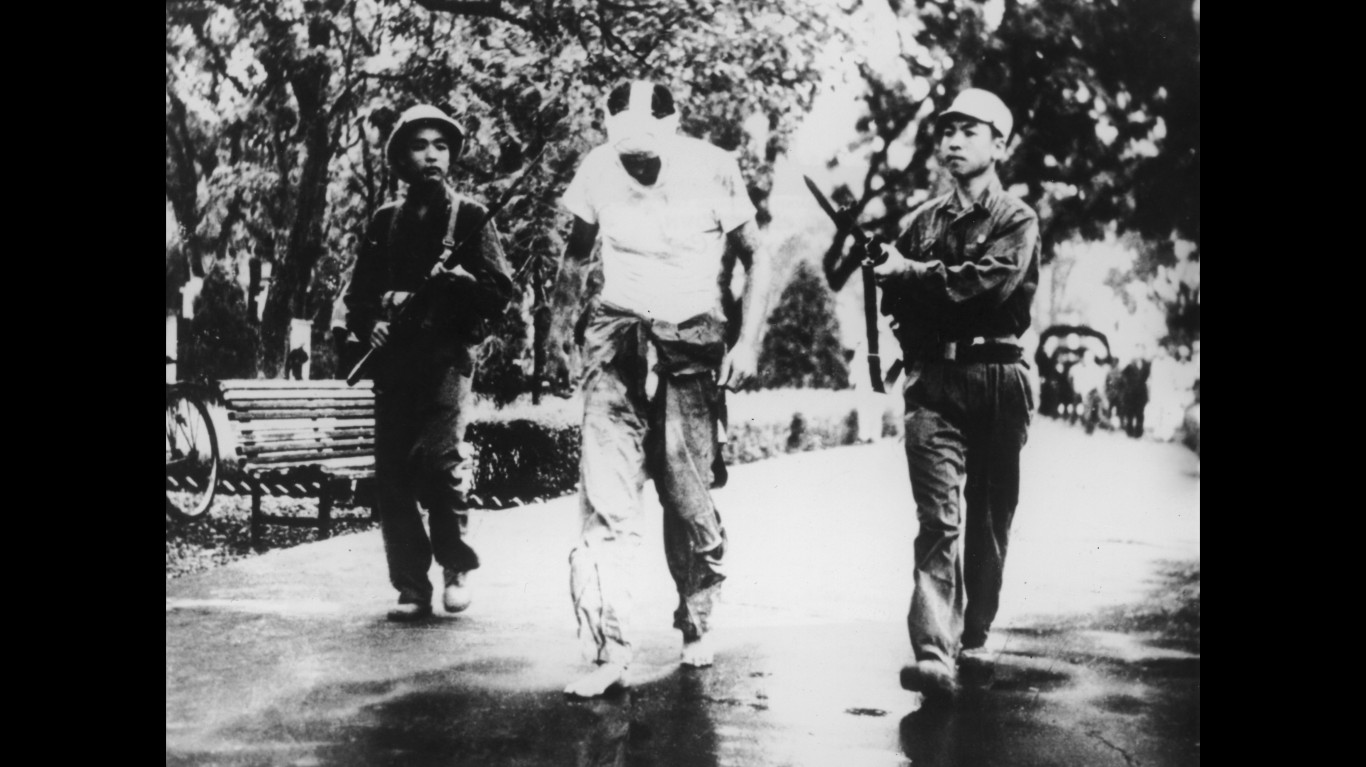
During the Vietnam War, there were no sniper units. So, units trained and deployed snipers depending upon need. U.S. Army snipers were trained in South Vietnam and issued XM21 rifles from the Rock Island Arsenal. In total, the Rock Island Arsenal converted 1,435 target-grade M14 rifles into M21s by adding a fiberglass stock, a 3-9X ART, and using 7.62 Lake City Long Range XM-18 ammunition. The modified M14 was designed by Lieutenant James Leatherwood. This innovation was important because it combined bullet drop compensation with range finding. The XM21 started circulating in the U.S. Army in 1969. The M21 was used until 1988 when the M24 Sniper Weapon System (SWS) replaced it.
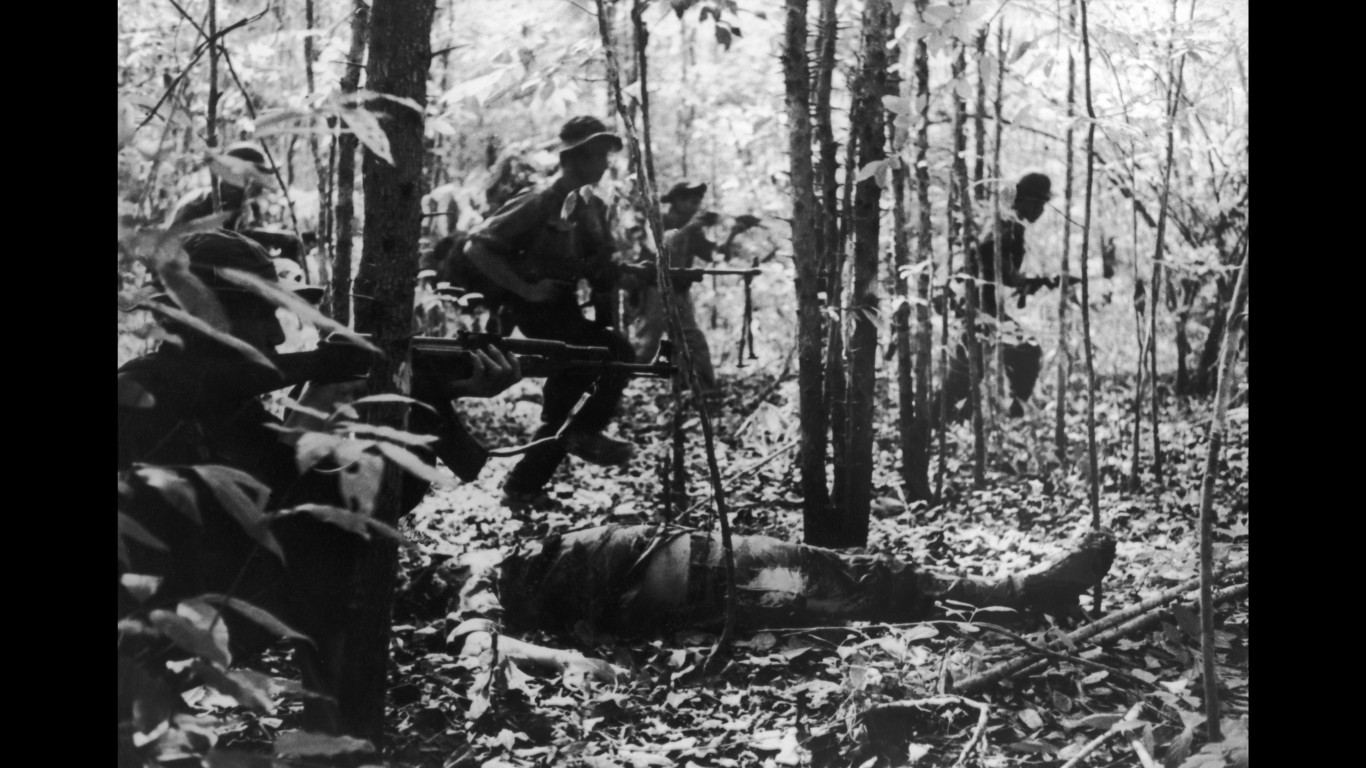
The M21 was a controversial choice. A 1989 internal Fort Benning Publication said, “The M21 cannot be maintained under field conditions, and its inflexible design makes it highly susceptible to malfunctions.” Other criticism pointed to the fact that the scope can’t be easily removed which could be problematic if disassembly was required during combat.
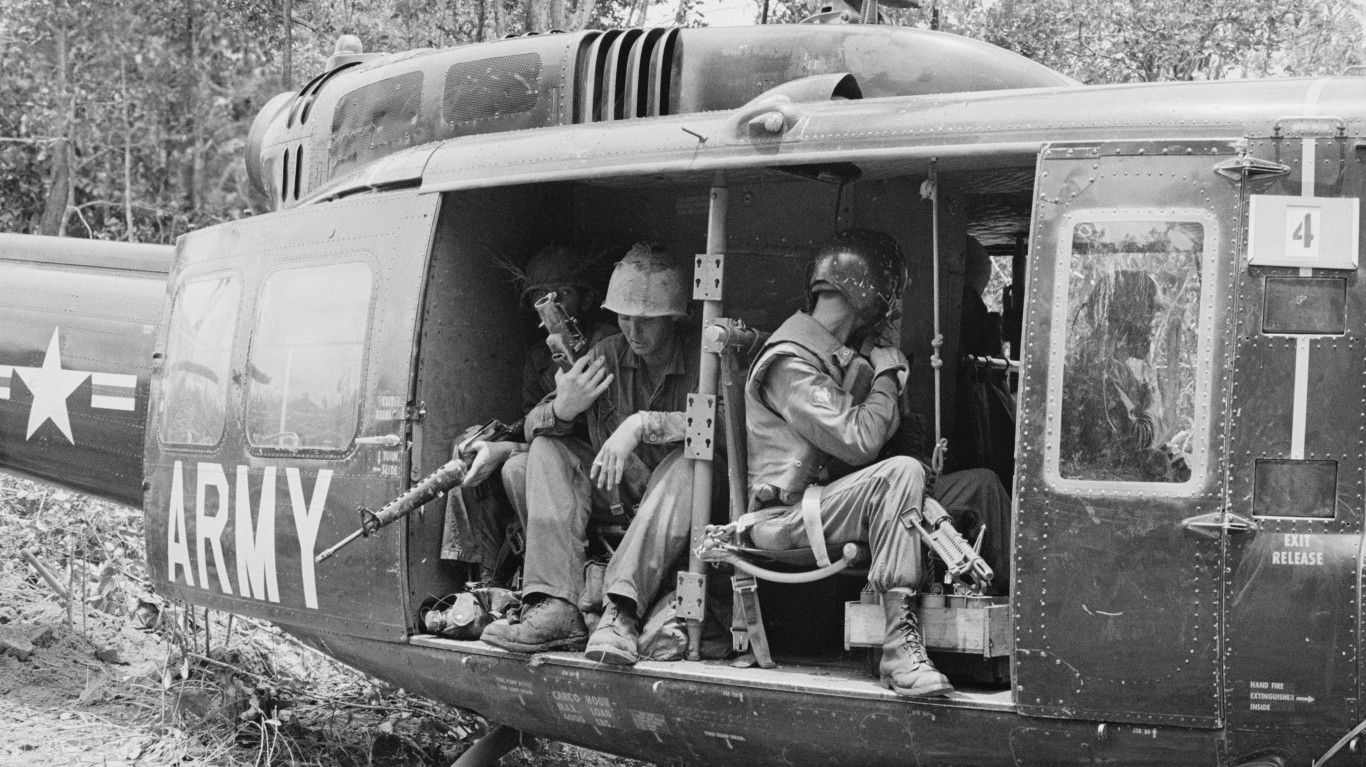
Sergeant Waldron primarily used an M21 SWS rifle, and sometimes a starlight-equipped M14 or M21. He frequently hit marks at night and heavily utilized the starlight scope.
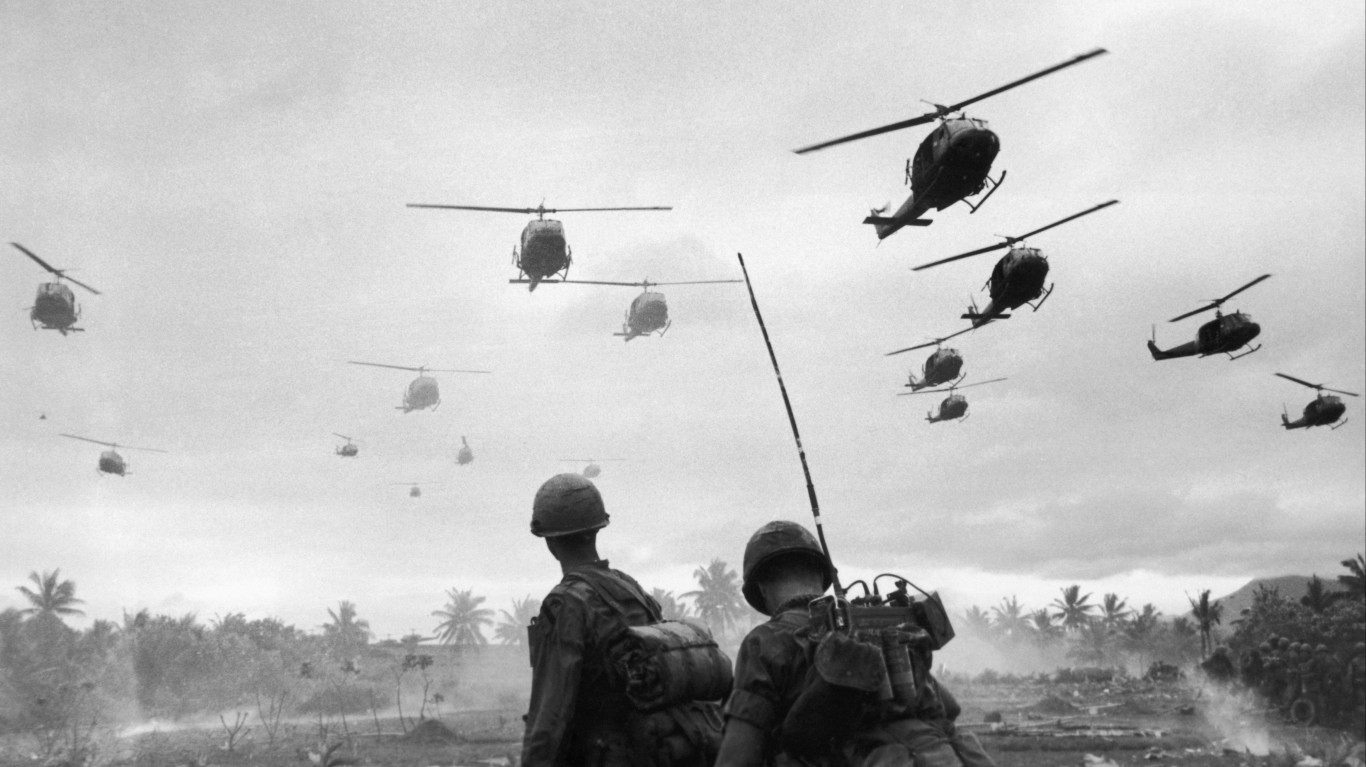
Waldron earned his Silver Star in 1969 during a reconnaissance mission in Kien Hoa Province. He engaged enemy forces for over three hours, killing 11 soldiers. He earned his first DSC for completing 14 sniper missions from January 16, 1969, to February 4, 1969.
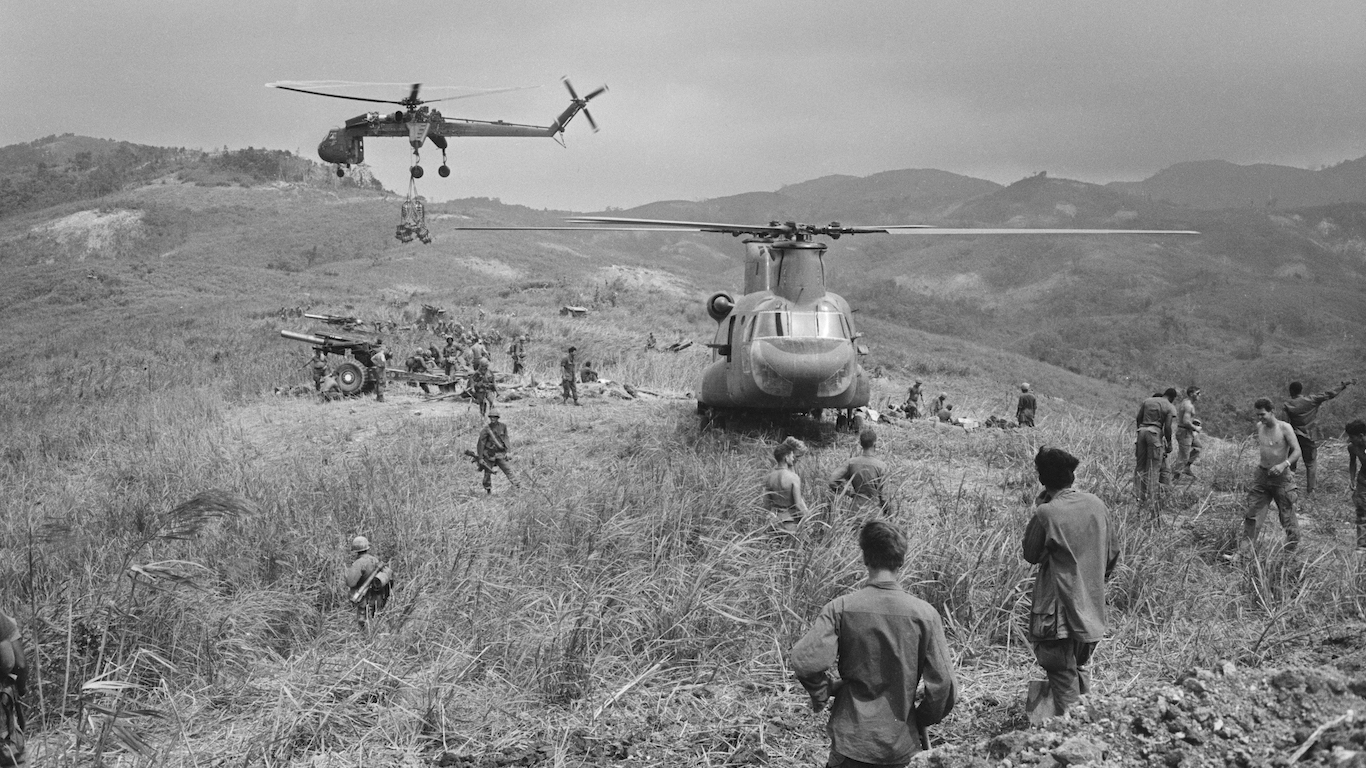
From February 5th of the same year until March 29th, he completed an additional 18 sniper missions and earned his second DSC because, “despite adverse weather conditions, poor illumination and the pressure of arduous missions night after night, he repeatedly located an engaged many hostile elements, killing a number of the enemy.”
Want retirement to come a few years earlier than you’d planned? Or are you ready to retire now, but want an extra set of eyes on your finances?
Now you can speak with up to 3 financial experts in your area for FREE. By simply clicking here you can begin to match with financial professionals who can help you build your plan to retire early. And the best part? The first conversation with them is free.
Click here to match with up to 3 financial pros who would be excited to help you make financial decisions.
Thank you for reading! Have some feedback for us?
Contact the 24/7 Wall St. editorial team.